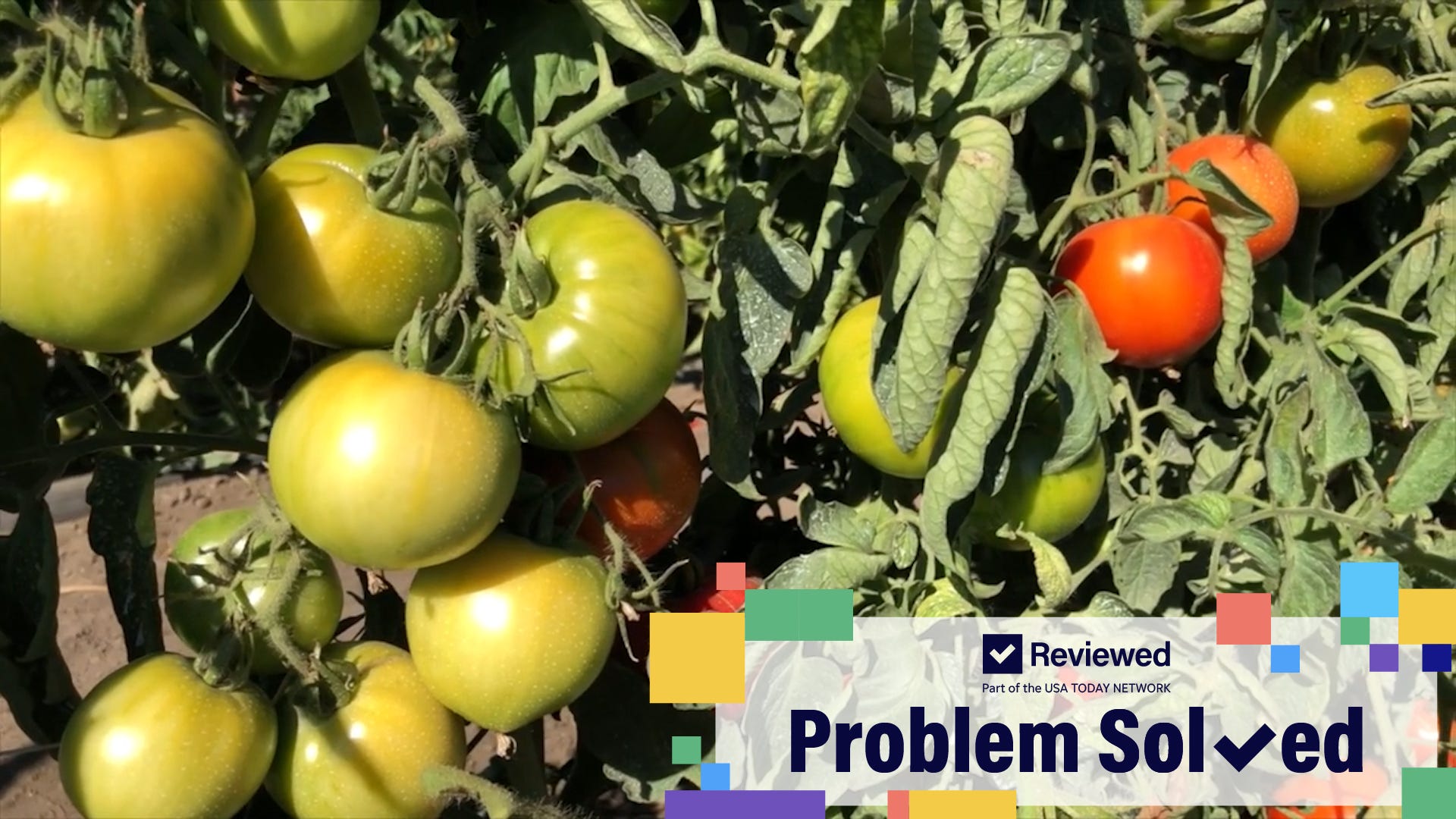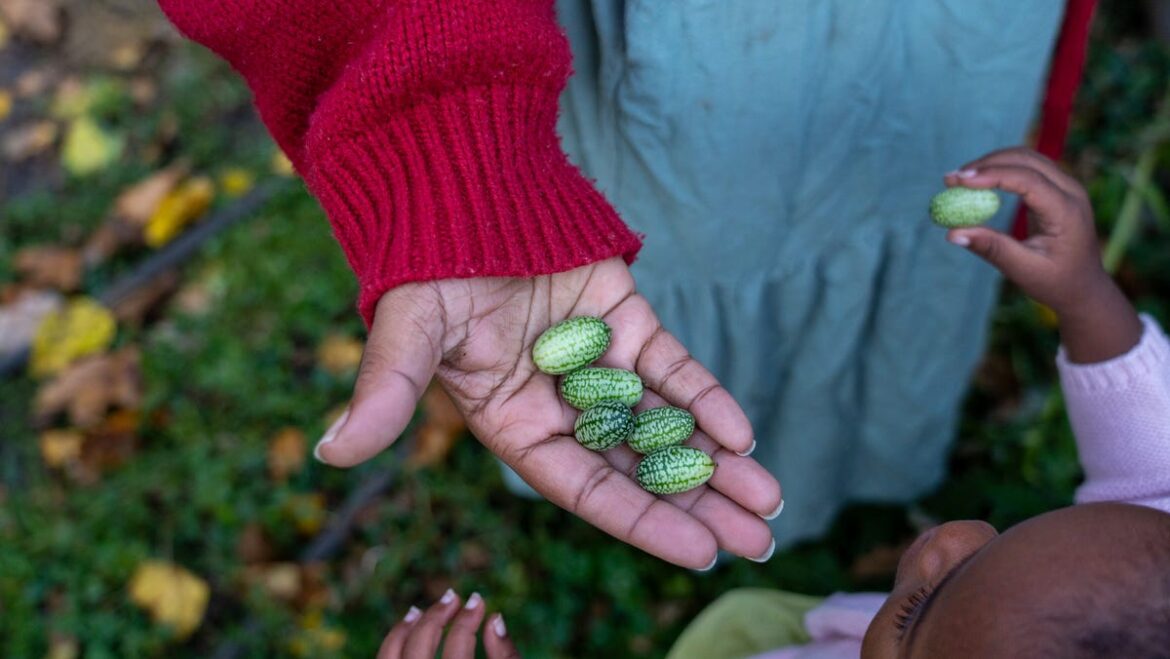Mike Hogan
| Special to The Columbus Dispatch

Gardening tips for healthy vegetables
Make sure you follow these 3 tips for a healthy vegetable garden.
ProblemSolved, USA TODAY
Cucamelons are a warm-season crop, thriving in temperatures above 60 degrees Fahrenheit, and can be grown from seed indoors or directly outdoors.These plants are easy to grow in full-sun locations with well-drained soil and require a trellis or support system.
Are you looking for something different to grow in your vegetable garden this year? Do you want to find a fun way to engage young kids in the garden? Would you like to have something different to show at your garden club meeting this summer?
If you answered yes to any of these questions, have you considered planting some cucamelon seeds this year?
What are cucamelons?
Cucamelon (Melothria scabra) is a species of flowering plant in the cucurbit family grown for its edible fruit. The cucurbit family of plants includes such vegetables as cucumbers, squashes, pumpkins and gourds.
Cucamelons are also known as Mexican sour gherkins, mouse melons, pepquinos and sanditas and are native to Mexico and Central America. Like its cucurbit cousins, cucamelons are warm-season crops which thrive in hot weather.
Cucamelons are often referred to as a superfood due to their high nutritional value and health benefits. They are packed with antioxidants, vitamins and minerals, including vitamin C, vitamin A, lycopene and beta-carotene.
These inch-long fruits have a cucumber-like flavor with a hint of citrus and look like miniature watermelons. And kids love to pick and eat them.
Growing cucamelons
Like all warm-season crops, cucamelons need to be grown in full-sun locations that receive six to eight hours of direct sun, either in the ground or in containers. They do best in well-drained, fertile soil with a decent amount of organic matter.
If your soil lacks organic matter, consider mixing some leaf compost into the top few inches of your soil before planting. Cucamelons grow best in slightly acidic soil with a pH between 6.1 and 6.8.
It’s doubtful that you will find cucamelon transplants at area garden centers, so plan to direct seed cucamelon in the garden. Cucamelon seeds are available from most online seed sources.
To successfully plant cucamelon, the soil temperature needs to be consistently above 60 degrees Fahrenheit and ideally around 70 degrees Fahrenheit. Soil temperatures in Greater Columbus have hovered around 60 degrees Fahrenheit recently, so I’m waiting another week to 10 days to plant my cucamelon seeds.
For a slightly earlier crop, you can start cucamelon seeds indoors about three weeks before planting, using a heat mat.
Cucamelon plants develop underground tubers on their roots, which store moisture, making them more drought tolerant than other cucurbits. They also seem to be more resistant to common diseases of other cucurbits and do not seem to be magnets for cucumber beetles and squash beetles like other cucurbit crops.
Provide support
Like its cucumber cousins, cucamelon is a vining crop that needs space to spread its wings (or tendrils). The vines of cucamelon are delicate looking with thinner stems and smaller leaves than cucumber vines.
Cucamelon vines can grow up to 7 feet long, so It’s best to provide the support of some type of trellis or fencing for cucamelon. Growing cucamelon on a trellis will not only save space in the garden, but it will make it easier for you to harvest the crop and keep cucamelons off the ground.
Timing your harvest
Because cucamelon fruit does not change color as it matures, it can sometimes be difficult to tell when to harvest them. The mature size of a cucamelon is the size of a large grape.
When you squeeze a mature cucamelon, it should be a little tender and give a little. If it feels hard (like the rind of a watermelon), it is likely overripe and may taste bitter. It takes approximately 70 days from planting until they are mature.
Cucamelons can be eaten raw, right off the vine, or added to salads, salsas and even cocktails. Cucamelons are technically a gherkin and can be pickled.
Mike Hogan is Extension Educator, Agriculture and Natural Resources and associate professor with Ohio State University Extension.
hogan.1@osu.edu

